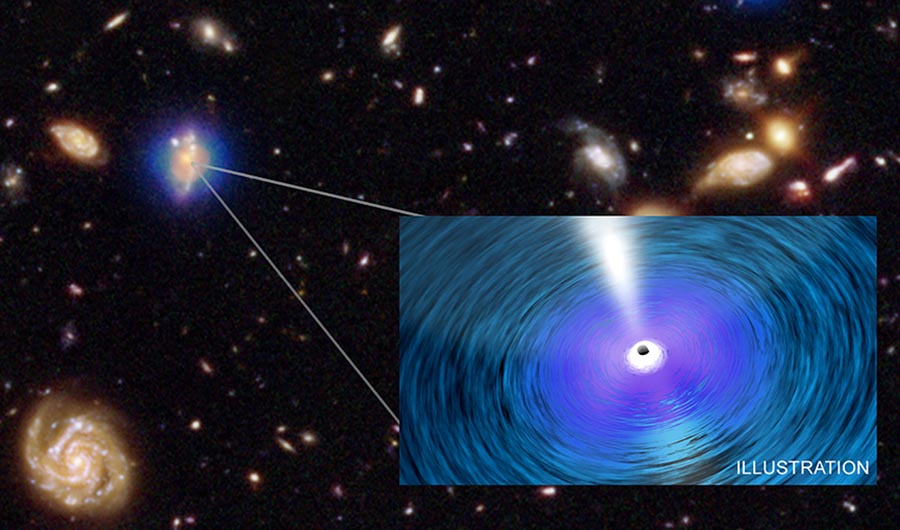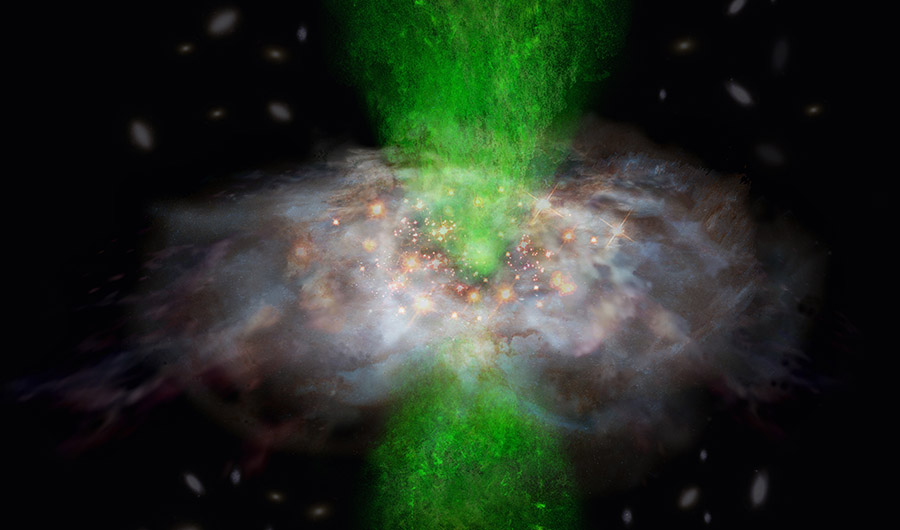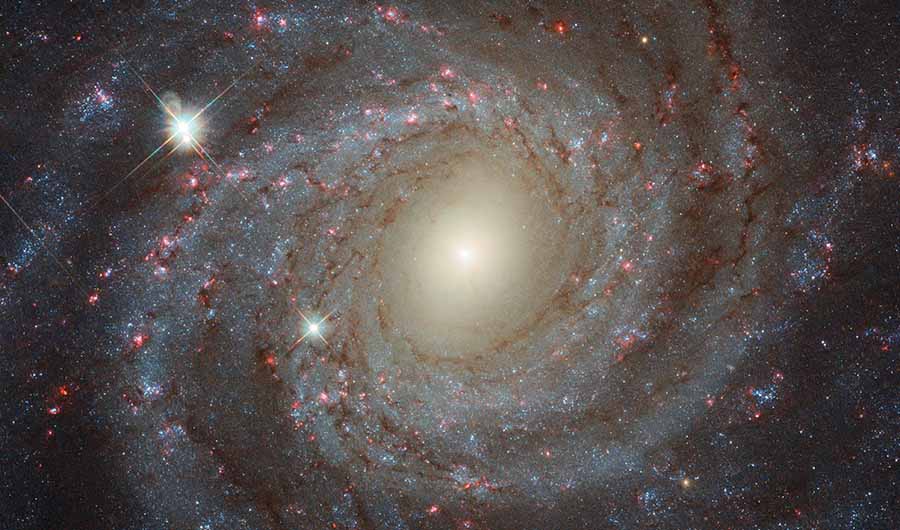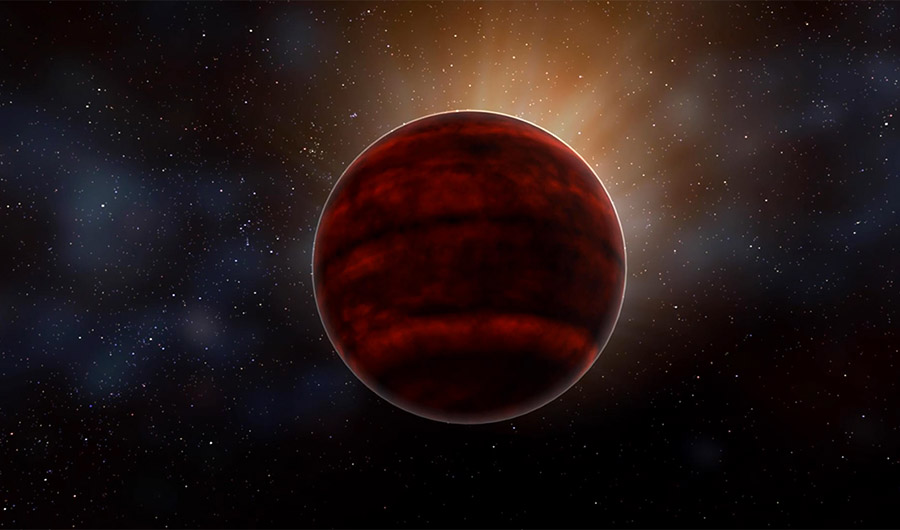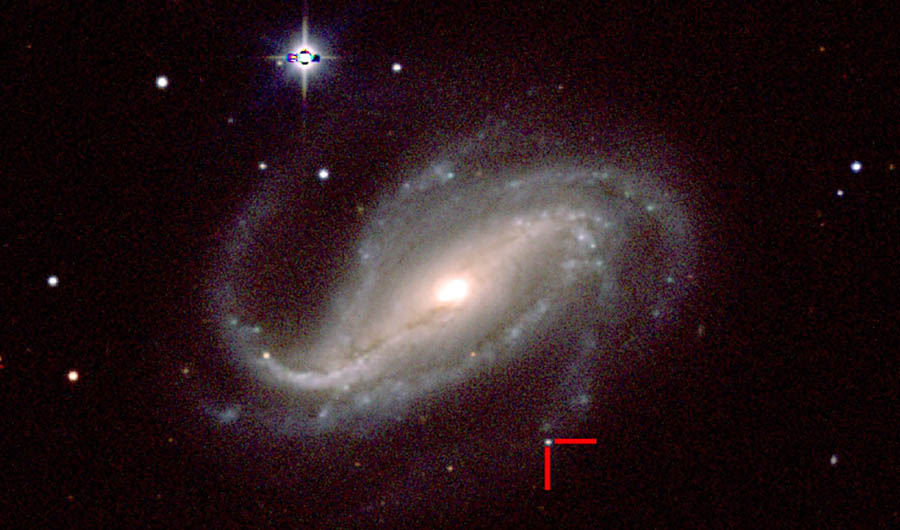February's Stellar Space Pictures
Peer into the most massive black holes in the universe and marvel at extreme solar flares this month.
Image
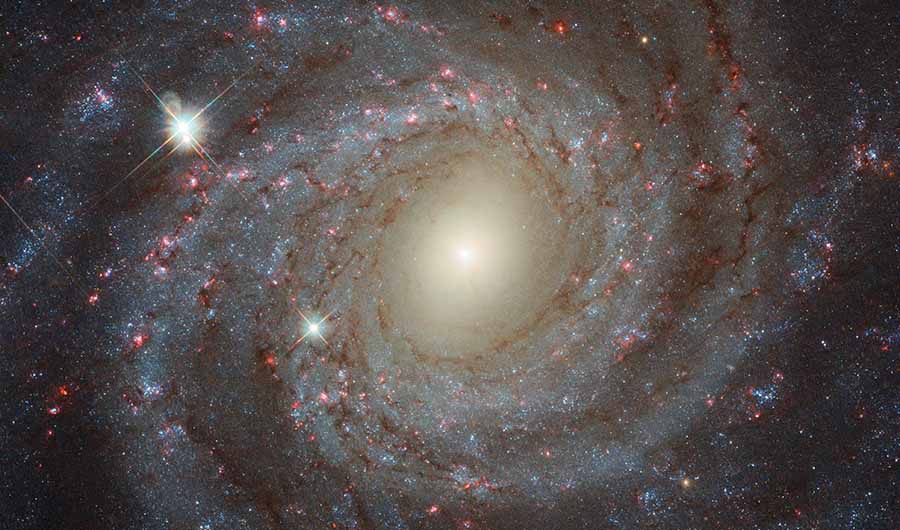
This is a breathtaking composite image of NGC 3344, a spiral galaxy 20 million light-years from home.
Media credits
(Inside Science) – In the February slideshow, we celebrate record-breaking observations made in astronomy this month. The pictures range from the deepest image ever obtained in X-rays to the first ever initial burst of a supernova caught on camera.
Filed under

